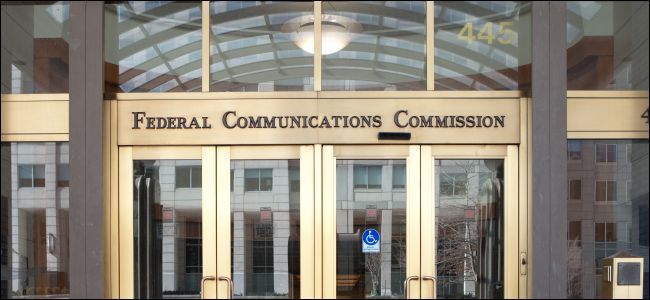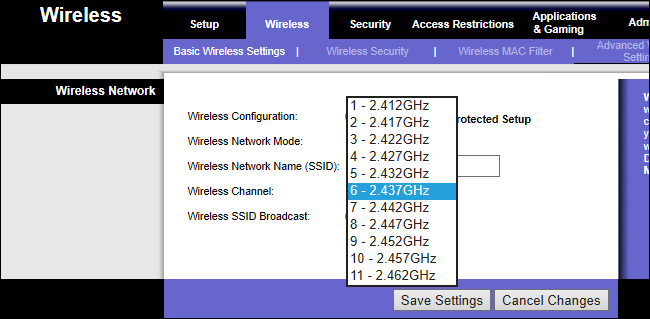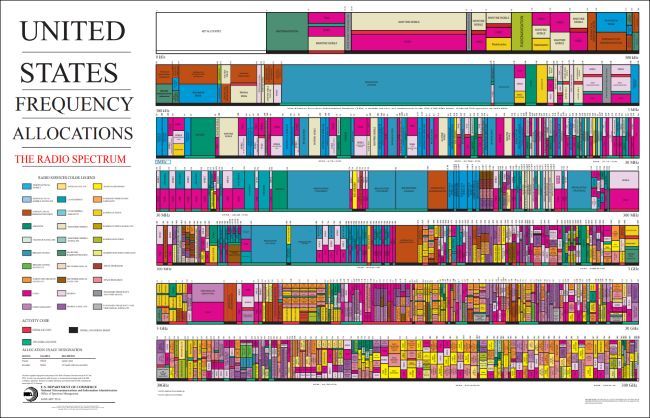Quick Links
Wireless routers have fourteen different channels they can use for 2.4 GHz Wi-Fi, but three of them are off limits. Channels 12 and 13 are allowed in low-power mode, while channel 14 is banned---and only allowed in Japan.
What Are Wi-Fi Channels?
Wi-Fi uses radio waves to communicate over short distances. Wi-Fi networks can operate on several different channels to help reduce interference. Each channel is a range of frequencies. When several Wi-Fi networks are within range of each other, they can operate on different channels, so they aren't "talking over" and interfering with each other.
2.4 GHz Wi-Fi networks can work on a small number of channels: Just channels one through eleven in the USA. These channels overlap with each other, too. That's why people often recommend choosing either channels one, six, or eleven.
While the USA restricts 2.4 GHz Wi-Fi to eleven channels, channels 12 through 14 are available elsewhere in the world. You might even be able to activate them by changing your router settings, although you should not do so. Channel 14 is the most tempting to people, as it would have even less interference---but it's illegal to operate your router on this channel in the USA.
The newer 5 GHz Wi-Fi standard uses a larger number of channels to reduce interference further, but 2.4 GHz Wi-Fi is still in wide use. In fact, 2.4 GHz Wi-Fi offers a better signal over long distances and through solid objects, so it still has its place. The Wi-Fi industry was particularly focused on 5 GHz Wi-Fi for a while, but Wi-Fi 6 now brings many improvements to 2.4 GHz, too.
Channels 1 Through 11 Are Fine
In the USA, the Federal Communications Commission regulates the wireless spectrum. You can't just start broadcasting on any radio frequency you like. Different parts of the wireless spectrum are reserved for amateur radio, satellite, aircraft, maritime, military, AM radio, FM radio, and---yes---Wi-Fi. Here's a chart produced by the US government in 2016, showing just how complicated and detailed this allocation is.
The FCC is pretty serious about this stuff. For example, if you build a transmitter and start transmitting on FM radio frequencies, that will interfere with other people's receiving FM radio. They could report a problem to the FCC, and the FCC could confiscate your broadcasting equipment and fine you.
Anyway, channels one through eleven are the standard 2.4 GHz Wi-FI channels, approved for use on the USA by the FCC. You can select any of these, and your router may automatically switch back and forth between them if it has a setting that tries to select an optimal channel with the least interference.
Channels 12 and 13 Are Low Power Only
Channels 12 and 13 aren't completely illegal in the USA, although they're usually not offered as options. (Channel 14 is illegal, though, so stick around for that.)
Many people think channels 12 and 13 are banned in the USA, but they're not. A Wi-Fi router can operate on channels 12 and 13, but only in a "low power" mode. There are strict limits on the power output to avoid interference on the adjacent band, which is owned by Globalstar and used for satellite phones and other low-speed data communications.
For this reason, routers don't normally offer it as an option, and you'll rarely see channels 12 and 13 in the USA. It's not illegal to use channels 12 and 13, but it is illegal to do so in full power mode.
Laws differ throughout the rest of the world. For example, Europe and Japan allow the use of channels 12 and 13.
Channel 14 is Banned
Channel 14 is banned in the USA and throughout most of the world but is allowed in Japan.
That's a little sad to some enthusiasts, as channel 14 looks pretty convenient. It's even spaced further from channel 13 than you would expect. Channels 1 through 13 are spaced 5 MHz apart, while channel 14 is spaced 12 MHz from channel 13. It also only overlaps with channels 12 and 13, which aren't used much in the USA. That looks great for avoiding interference with other Wi-Fi channels!
That's the problem, though. Channel 14 is at the upper end of the range. As Chris Tilbury over at The Kernel puts it:
The band, with a centre frequency of 2.48GHz, is known as the Industrial Scientific and Medical, or ISM, band and can be picked up worldwide. The most common device that operates on the frequency is the microwave oven, which supposedly works at 2.45GHz.
It's not known whether the signal received from channel 14 affects microwaves or vice versa. We presume that the heavy restrictions on the use of the range are the result of its use by the military and communications satellites to transmit signals around the globe.
You wouldn't want to use this channel, anyway. Devices that would work on channel 14 will generally run at old 802.11b speeds. Channel 14 has basically been phased out.
This Wikipedia article provides more technical information on Wi-Fi channels, which you might be interested in reading.
You Can Unlock The Banned Channels, But You Shouldn't
Let's be clear: This isn't advice. We're not recommending you do this. You shouldn't, and you don't need to.
Depending on your wireless router, you may be able to access full-power channels 12 and 13, as well as the banned channel 14, by merely changing the country in your router's settings. Some routers let you change your country to Japan, which will give you access to those channels. However, even if you managed to enable such a channel in the USA, some client devices may refuse to connect and operate on the channel.
On other routers, you may not be able to switch countries. The software may prevent you from doing so, or a hardware limitation may prevent a router from operating on channels banned in the country it was sold.
Third-party router firmware might also unlock this setting and let you choose channel 14. And a router sold in Japan might allow access to it, too. But, even if you did this, devices would probably operate at slow 802.11b speeds or wouldn't connect at all.
Again: Don't do this. We aren't saying this with a nudge and a wink. If you have a lot of wireless congestion, just switch to 5 GHz Wi-Fi. That's your solution. It has many more channels and you can avoid a lot of congestion.
Don't cause wireless interference while committing a felony just to get some slow Wi-Fi.




